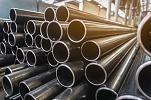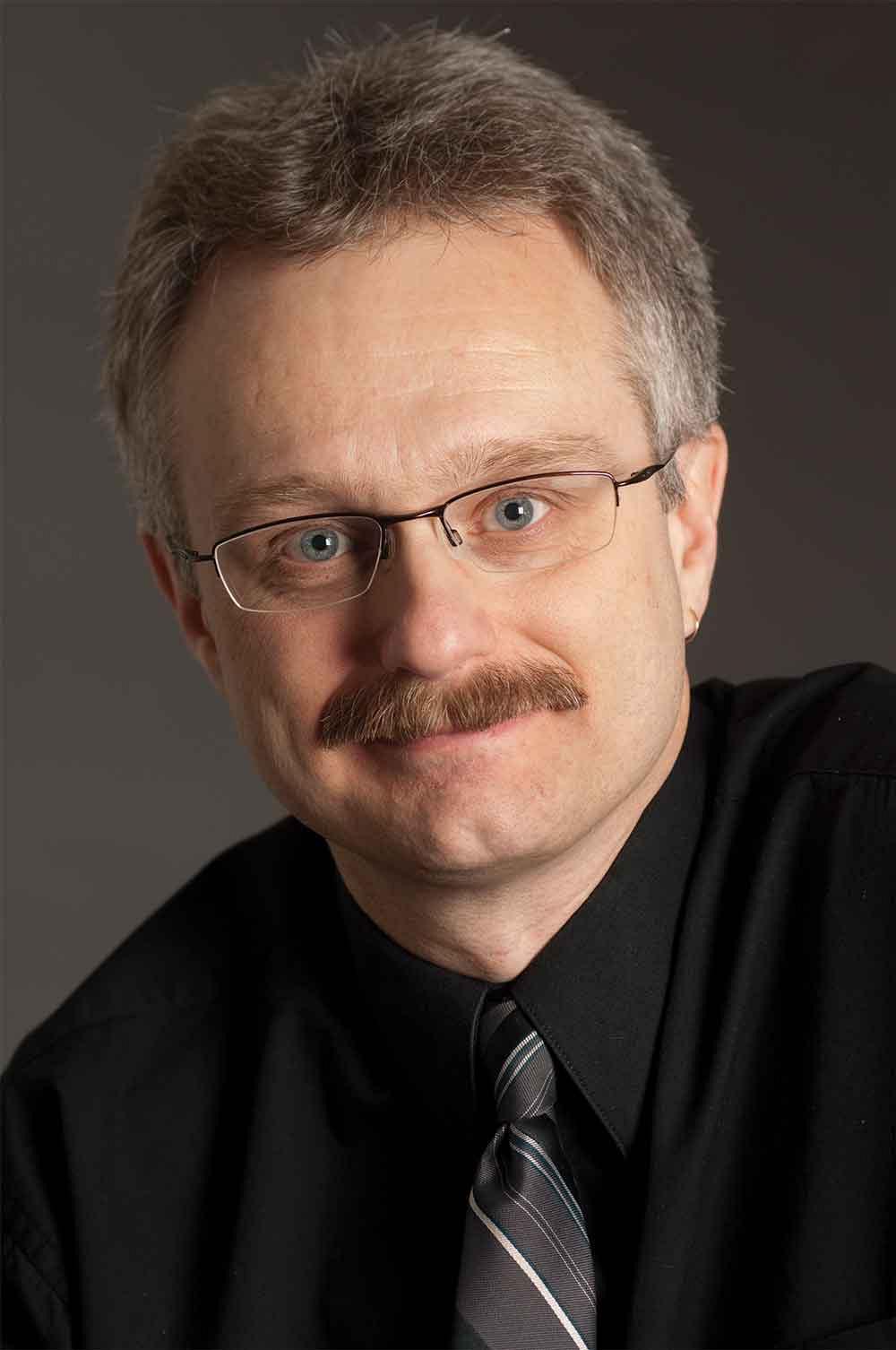Editor
- FMA
- The Fabricator
- FABTECH
- Canadian Metalworking
CISC Centre for Steel Structures Education & Research aims to bridge divide between industry, academia
Professor Robert Driver explains the goals of the CISC Centre for Steel Structures Education & Research
- By Rob Colman
- December 20, 2016
- Article
- Fabricating
In early October the University of Alberta announced the creation of the CISC Centre for Steel Structures Education and Research. The centre was created thanks to generous investments by the Canadian Institute of Steel Construction (CISC) and various firms working in the field.
At the same time, Robert Driver was introduced as the first Supreme Steel Professor of Structural Engineering Education and Innovation, and the first director of the centre. Driver has had a long association with the steel industry, having worked for CISC as an engineer early in his career. His research as an academic has continued to focus on innovative structural steel applications.
Canadian Fabricating & Welding sat down with Driver to learn more about the creation of the centre and its goals.
CFW: How did the idea of the centre come about?
Driver: I have been talking with companies within the steel industry for a number of years now about how we might create a stronger association between industry and the university. Everyone I spoke to always thought it was a good idea, but it was only about three years ago that we started to get really serious about how this would look, what kind of support we would need, and what our objectives would be. Perhaps most importantly we had three companies that stood up and said that they were willing to support the idea with both their enthusiasm and financially. Those three companies were Supreme Steel, Collins Steel, and Waiward Steel.
We approached the CISC, knowing that it would be very beneficial to have such a high-profile industry association onboard. Since then TSE Steel, Price Steel, and consulting company Dialog have also committed themselves to the centre. It’s a great bedrock of companies, but I feel this is just the beginning.
CFW: What are some of the goals for the centre?
Driver: On the education side of things, we want undergraduate and graduate students to engage closely with industry to create mentorship and networking opportunities. We want students to get a better understanding of the problems that the industry is facing, and an enhanced educational experience that is particularly attuned to the needs of the steel industry. Undergrads in civil engineering spend only a small part of their time on structural engineering, and steel would be only a fraction of that. The centre creates an opportunity for those undergrads with an interest to expand that knowledge and be better prepared for a career in the industry.
CFW: What are your research goals for the centre?

Steel Centre laboratory research on the behaviour of steel floor systems under extreme loading. Image courtesy of Robert Driver.
Driver: The idea is to become a hub for problem-solving technical issues for the industry. This problem-solving might be interdisciplinary in nature, calling on other areas of expertise. The students will drive much of that research. When they graduate, the students will have a better appreciation of how steel structures behave and how to design them economically and properly. The education and research build on each other.
CFW: You have worked on innovative structural steel projects in your research. Can you give us an example of that research?
Driver: In the past we did some research that demonstrated that if you have concrete columns that are either under-designed for some reason or there is a plan to change the occupancy such that loads will increase and the columns are no longer strong enough, providing steel collars for those columns can easily double their strength. We have done studies on these collars carrying vertical loads as well as earthquake-type loads, and they are very effective in increasing the strength and ductility of the columns without changing the concrete or the reinforcing steel.
One of the changes I expect to see with the creation of the centre is my approach to research. In the past I essentially worked on individual research projects. At the centre, I hope to create more research themes that might be supported by a number of different projects that build upon one another. We would like to solve bigger problems with more impact, creating research themes or arcs that cover a knowledge gap over time. That way, new students have research that they can build upon, and they can pass on their work to the next generation of students as well.
CFW: How else does the creation of the centre affect your work?
Driver: The creation of the centre should extend my reach and facilitate partnerships that otherwise wouldn’t have occurred. Getting direct access to the needs of the industry will assist in allowing me to collaborate with other researchers. It will increase our ability to help the position of the steel industry in Canada.
In addition, the creation of the centre has allowed us to hire another professor, Dr. Ali Imanpour, who will join us in January. Dr. Imanpour was previously a post-doctoral fellow at McGill University.
CFW: Do you believe the centre will promote the innovative use of structural steel in the future?
Driver: I think indirectly, yes, it will. The university can project a different approach to promotion than an industry association can. Through engagement with industry and the reputation of the university, and as we solve more industry problems, I think that will promote innovative steel applications, and over time the impact is expected to be very significant.
Driver encourages other industry members interested in getting involve with the centre to contact him through the centre’s website, www.steelcentre.ca. With more industry involvement, the value of the steel centre’s efforts can only grow.
About the Author

Rob Colman
1154 Warden Avenue
Toronto, M1R 0A1 Canada
905-235-0471
Robert Colman has worked as a writer and editor for more than 25 years, covering the needs of a variety of trades. He has been dedicated to the metalworking industry for the past 13 years, serving as editor for Metalworking Production & Purchasing (MP&P) and, since January 2016, the editor of Canadian Fabricating & Welding. He graduated with a B.A. degree from McGill University and a Master’s degree from UBC.
subscribe now


Keep up to date with the latest news, events, and technology for all things metal from our pair of monthly magazines written specifically for Canadian manufacturers!
Start Your Free Subscription- Trending Articles
BlueForge Alliance partners with Nuts, Bolts & Thingamajigs to develop Submarine Manufacturing Camps

Portable system becomes hot tech in heat treatment

Orbital tube welding webinar to be held April 23

Cidan Machinery Metal Expo 2024 to be held in Georgia May 1-2

Corrosion-inhibiting coating can be peeled off after use

- Industry Events
MME Winnipeg
- April 30, 2024
- Winnipeg, ON Canada
CTMA Economic Uncertainty: Helping You Navigate Windsor Seminar
- April 30, 2024
- Windsor, ON Canada
CTMA Economic Uncertainty: Helping You Navigate Kitchener Seminar
- May 2, 2024
- Kitchener, ON Canada
Automate 2024
- May 6 - 9, 2024
- Chicago, IL
ANCA Open House
- May 7 - 8, 2024
- Wixom, MI
















